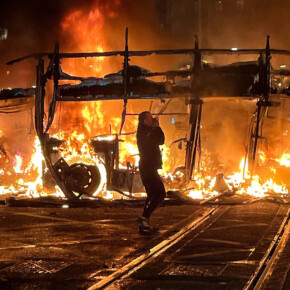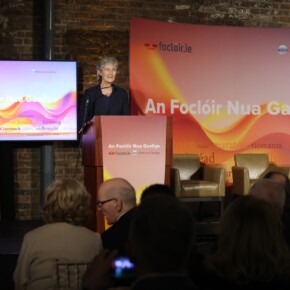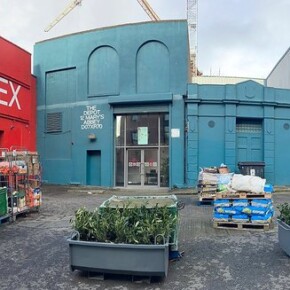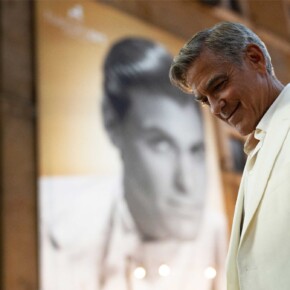Dubliners feature in book of great Irish people
Dublin People 25 May 2013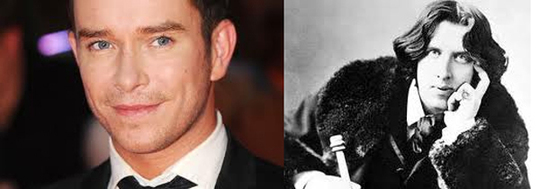
AN AMAZING new book that compiles the biographies of hundreds of Irishmen and women down through the ages features a range of Dublin characters who have made their mark on history.
Great Irish People celebrates the achievements of various figures through entire sections devoted to each county in Ireland, North and South of the border.
Author Seamus Moran embarked on the epic project that was only completed after almost 30 years of research.
Among the vast array of names that dominate the book are the inventor of the penalty kick, the founder of the Argentinian Navy, the designer of the Titanic and the architect of the White House.
Their stories are told through an engaging pictorial dictionary of Irish biography that details the myriad Irish men and women who, through their immense great contributions to science, politics, the arts and the military have helped shape the face of modern Ireland and indeed the world.
Spanning over 400 years – from the Flight of the Earls in 1607 throughout the most dramatic four centuries in the country’s history, to the Good Friday Agreement and right up to the present day – this immense book features a diverse collection of people, some famous and some unknown.
From soldiers to sport stars, artists to entrepreneurs and poets to politicians, these short accounts of determination, innovation and achievement are sure to prove a fascinating and inspirational read for all.
Great Irish People is arranged on a county-by-county basis, allowing for an extensive look at this reservoir of Irish men and women of merit and achievement. There are also specially commissioned hand drawn portraits of each ‘Great Irish Person’ in this special collection.
And among them are a number of Dubliners including Arthur Wellesley, the Duke of Wellington (1769-1852), born at No 24 Upper Merrion Street, who would become the victorious marshal of the Battle of Waterloo.
There is also Oscar Wilde (1854-1900), one of Ireland’s foremost playwrights who lived at No 1, Merrion Square, and the Irish patriot Patrick Pearse (1879-1916) who founded Scoil Eanna (St Enda’s School) in Ranelagh.
Alfie Byrne, politician and Lord Mayor of Dublin (1882 – 1956) was the son of a docker. In his youth he worked as a theatre programme seller and barman, before eventually buying his own pub,
‘The Vernon’ on Talbot Street.
He entered politics at the age of 27, becoming an alderman in Dublin Corporation and in 1915, he was elected as an Irish Parliamentary Party candidate for Dublin Harbour, later being defeated by Sinn Féin in the 1918 General Election.
Following Ireland’s independence, Byrne continued his political career and between 1930 and 1939, Byrne was elected Lord Mayor of Dublin on nine straight occasions.
Due to this popularity, he was nicknamed
‘the shaking hand of Dublin’.
A staunch supporter of the poor in the inner city and dockland areas, whose cause he championed throughout his long and colourful career, Byrne died in March 1956 and his funeral attracted thousands of people.
Stephen Gately (1976 – 2009) was born in Sheriff Street and was educated at St Laurence O’Toole’s primary school and later at the North Strand Technical College.
After answering a newspaper advertisement in 1993, he joined the pop group Boyzone, which was under the influence of pop mogul Louis Walsh, and quickly rose to fame, achieving worldwide success
with a string of hits such as
‘Words’ and
‘When the Going Gets Tough’.
In 2000 the group parted ways, with Gately going on to enjoy a successful career in London’s West End, playing the lead role in Joseph and the Amazing Technicolor Dreamcoat, before rejoining the group upon its successful reformation in 2008.
Noted as a champion of gay rights, in 2003 Gately wed his longtime partner, Andrew Cowles, in a ceremony in Las Vegas. With 15 years at the top of the music profession, his death at the age of 33, was a huge loss to Irish entertainment.
?¢ Great Irish People by Seamus Moran is published by Liberties Press and is priced
?¬30.


